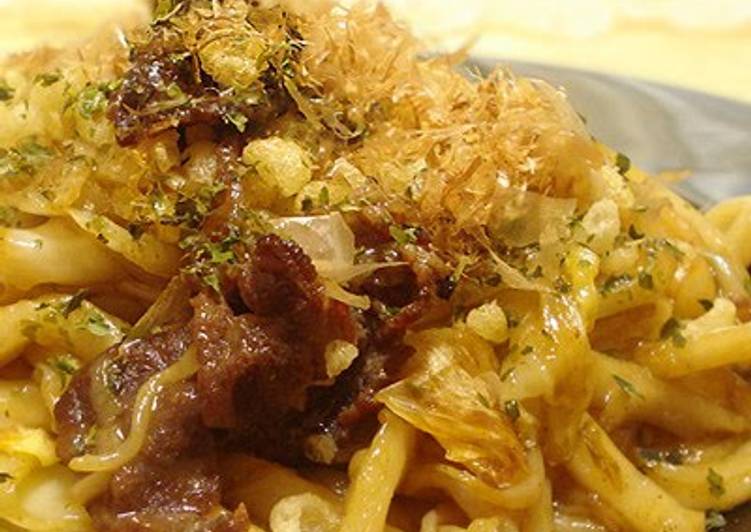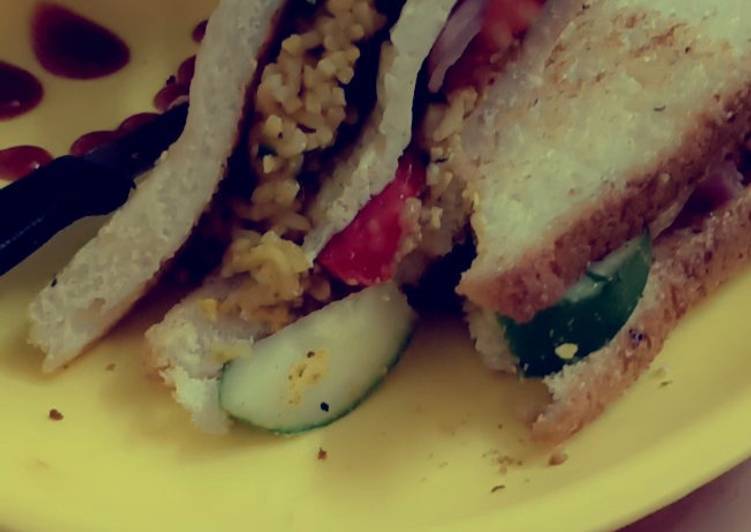Hello everybody, welcome to my recipe page, looking for the perfect An Osaka-native's Sauce Yakisoba (or Stir-fried Udon Noodles) recipe? look no further! We provide you only the best An Osaka-native's Sauce Yakisoba (or Stir-fried Udon Noodles) recipe here. We also have wide variety of recipes to try.

Before you jump to An Osaka-native's Sauce Yakisoba (or Stir-fried Udon Noodles) recipe, you may want to read this short interesting healthy tips about Green Living In The Cooking area Could save you Dollars.
It was certainly not that long ago that hippies and tree huggers were the only ones to show concern about the well-being of the environment. That’s a thing of the past now, with all people being aware of the problems besetting the planet as well as the shared obligation we have for turning things around. According to the experts, to clean up the surroundings we are all going to have to make some adjustments. Each and every family ought to start making changes that are environmentally friendly and they must do this soon. Continue reading for some ways to go green and save energy, largely in the kitchen.
Start with exchanging the lights. This will certainly go further than the kitchen, nonetheless that is okay. Compact fluorescent lightbulbs are energy-savers, and you should use them instead of incandescent lights. They cost somewhat more at first, but they last ten times longer, and use a lesser amount of electricity. Changing the light bulbs would keep a lot of bulbs out of the landfills, and that’s good. It goes further than just exchanging the lights, though; turning off lights that aren’t needed is definitely another good thing to do. The kitchen lights specifically are often left on the whole day, just because the family tends to spend a lot of time there. This additionally happens in the rest of the house, but we have been trying to save money in the kitchen. Try keeping the lights off unless you absolutely need them, and discover just how much electricity you can save.
From the above it ought to be obvious that just in the kitchen, by itself, there are numerous little opportunities for saving energy and money. Green living is definitely something we can all perform, without difficulty. A lot of it really is basically utilizing common sense.
We hope you got insight from reading it, now let’s go back to an osaka-native's sauce yakisoba (or stir-fried udon noodles) recipe. You can have an osaka-native's sauce yakisoba (or stir-fried udon noodles) using 12 ingredients and 18 steps. Here is how you cook that.
The ingredients needed to make An Osaka-native's Sauce Yakisoba (or Stir-fried Udon Noodles):
- Provide 1 bag Chinese-style noodles or udon noodles (as thick and chewy as possible)
- Get 3 leaves Cabbage
- Get 1 to 2 handfuls Bean sprouts
- Take 1 Thinly sliced pork or beef
- You need 50 ml Dashi stock (about the concentration for miso soup)
- Prepare 40 to 60 ml Otafuku Okonomiyaki sauce orsauce
- Get 30 ml for udon noodles 20 ml for yakisoba … this is enough for up to two portions of noodles Sake (always use real sake, not cooking sake)
- Use 1 Vegetable oil
- You need 1 Salt and pepper … A
- You need 1 Tempura crumbs … B
- Provide 1 Bonito flakes … B
- Get 1 Aonori … B
Steps to make An Osaka-native's Sauce Yakisoba (or Stir-fried Udon Noodles):
- Cut the vegetables and meat into bite-sized pieces. *In this case, it's better to tear the cabbage by hand instead of cutting it into neat pieces.
- Prepare the dashi stock, it can be dash stock powder dissolved in hot water. *Speed is essential, so prepare the sauces now too.
- Take the noodles out of the refrigerator and place on a plate. Sprinkle sake over it and lightly cover with plastic wrap. *Microwave until the noodles are warm (it takes me about 1.5 minutes at 600 W).
- Many people warm the noodles in the bag, but a popular store told me it's better to prepare the noodles with the method in Step 3. This is essential!!
- Put vegetable oil in a frying pan, and heat over high. Put the meat in first and season with the A ingredients. When the meat is almost cooked through, add the vegetables. Season again with the A ingredients and stir-fry.
- Once the Step 5 vegetables have softened up, add the Step 3 noodles (do not add sake on the plate). Add the Step 2 dashi stock, and untangle the noodles while cooking over high heat.
- When the Step 6 noodles have untangled and about 90% of the dashi stock has evaporated, add the Step 2 sauce. Mix quickly and put on a serving plate.
- In Step 7, make sure you mix the sauce with the remaining dashi stock that hasn't been fully evaporated. This is important!!
- From Step 6 onwards, the process up until plating should take about 20 to 30 seconds.
- If you take your time here, the noodles will not only dry out, but start tasting like the instant kind.
- After serving onto a plate, top with the B ingredients and it's ready. Adding mayonnaise or chili pepper powder to taste is also yummy.
- Noodles that have dried out are never good. The sauce sticks well onto chewy noodles that have a slippery surface. This way, the noodles will taste exactly like what you'd get at a restaurant.
- I always use this type of sauce which is on the sweeter side. This company also makes "Yakisoba Sauce" but I like to use the "Okonomi" type.
- But, if you can't find it, try using the"Fake Otafuku type Okonomi Sauce".
- I tried various types of sauce for this recipe before posting it. The amount needed is the same at 40 to 60 ml.
- Always use thick noodles… Thin noodles will become soggy and mushy.
- To make the noodles as yummy as those cooked at restaurant griddles, make sure to keep the frying pan or electric griddle on high heat.
- The dashi stock added in Step 6 should evaporate if the heat is kept on high. This is an important point for keeping the noodles chewy.
If you find this An Osaka-native's Sauce Yakisoba (or Stir-fried Udon Noodles) recipe valuable please share it to your friends or family, thank you and good luck.

